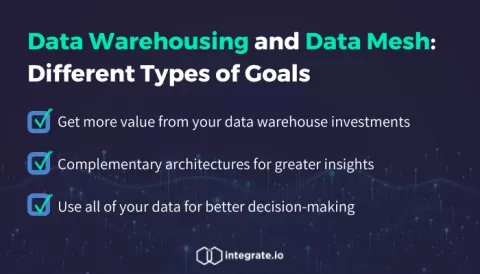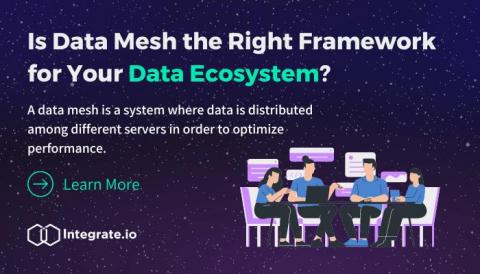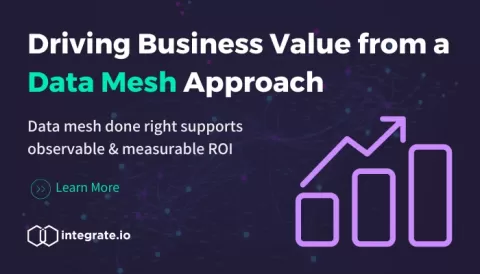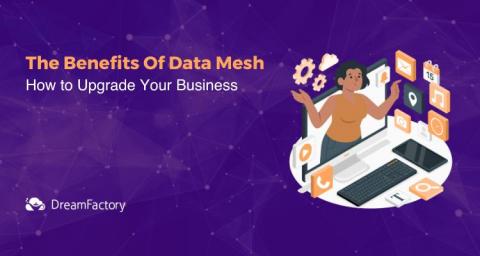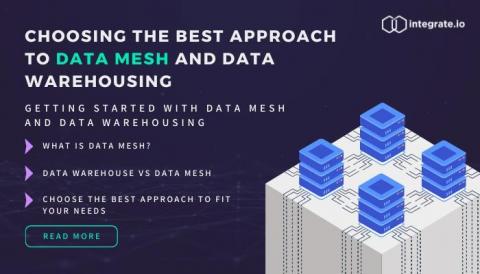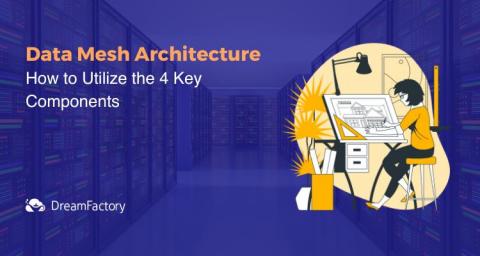From Data Lake to Data Mesh: How Data Mesh Benefits Businesses
Current data architecture is going through a revolution. Enterprises are starting to shift away from the monolithic data lake towards something less centralized: data mesh. It’s a relatively new concept, first coined in 2019, that addresses potential issues with data warehouses and data lakes that can cause businesses to be slow, unresponsive, or even suffer from data silos. What is a data mesh, and how could it benefit your business?



